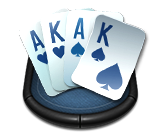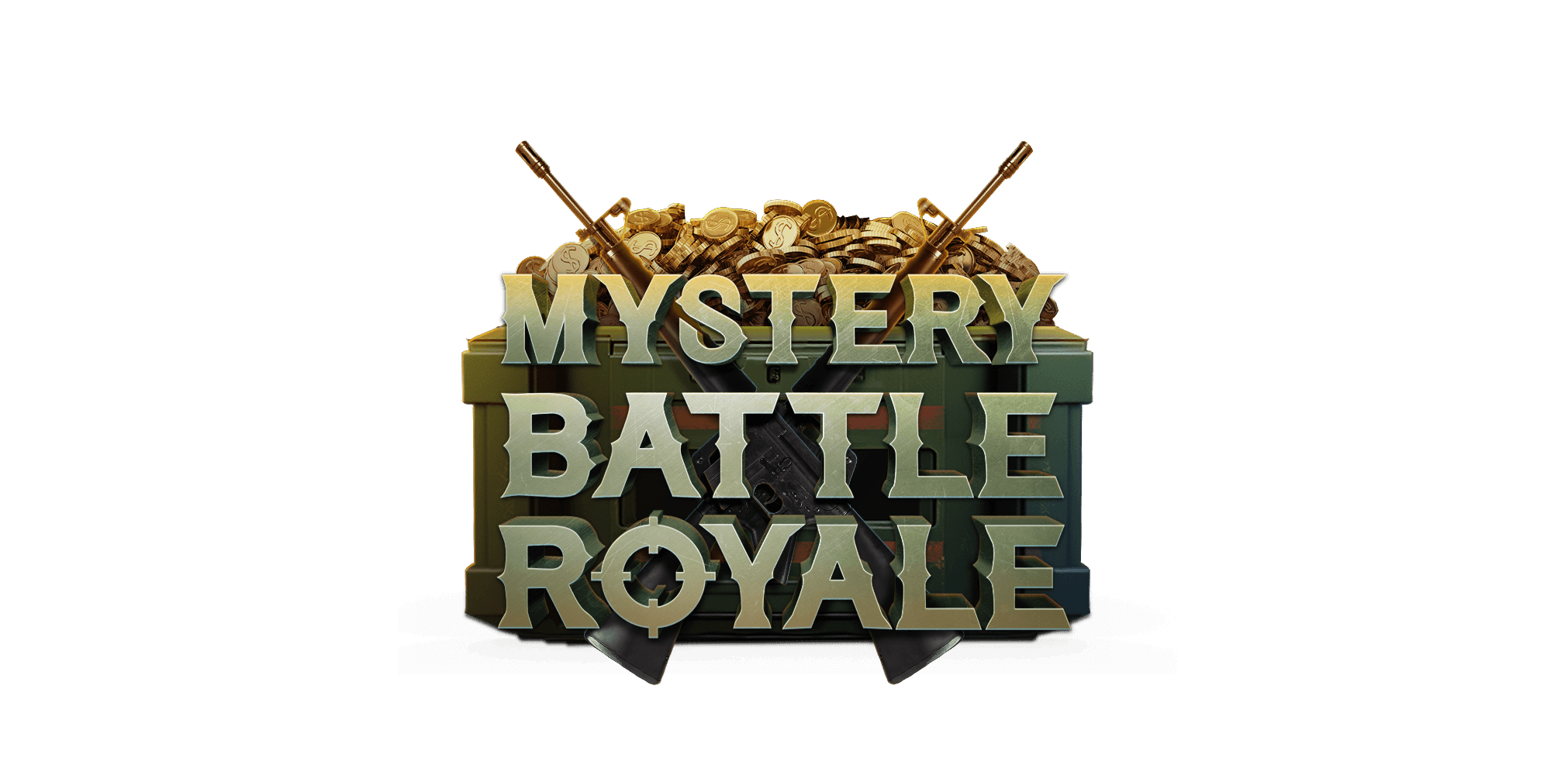
If you’re serious about improving your cash game mindset, learning to think in poker ranges is a must. It’s not about guessing what one hand your opponent might have — it’s about understanding the group of hands they could play the same way. From your pre-flop opens to your post-flop decisions, every action fits into a range.
In this blog, we’ll break down how ranges work, the key differences between pre-flop and post-flop ranges, how to build and use them in real games, and the common mistakes that throw players off.
What Are Poker Ranges and Why Do They Matter
Poker isn’t about guessing one exact hand — it’s about understanding the range of hands someone could have based on how they play. A poker range is a group of hands played the same way, like the hands you raise with from early position or call within the big blind.
Thinking in hand ranges helps you avoid wrong reads and improves your decisions across the hand — preflop, flop, turn, and river.
In this section, we’ll cover what poker ranges are, the types of ranges you’ll see, how to build your own, and how to use range analysis during play.
Understanding Hand Ranges in Poker
A hand range is simply all the hands a player might have in a given spot. For example, someone raising from UTG (Under the Gun) is usually holding strong hands like AA–TT, AK, or AQ. From the button, their range will likely be much wider.
You’re not trying to guess one hand — you’re narrowing down the group of hands they could have based on their position and actions.
Types of Poker Ranges: Tight, Loose, and Everything in Between
There are two broad types of poker ranges:
Range Type
What It Means
Tight Range
Only playing with strong hands. Fewer risks, more folds.
Loose Range
Playing a wide variety of hands, including weaker ones.
Tight or loose refers to hand selection, not how aggressively someone plays. You might find a player who plays only a few hands (tight) but bets and raises a lot (aggressive). Others might play many hands (loose) but just call and rarely raise (passive).
How to Build Poker Ranges Step-by-Step
Building your poker ranges takes time, but it’s a skill worth developing if you want to play smarter. Here’s a step-by-step guide to help you out:
Pick a position: Start with one spot, such as Under the Gun (UTG), Cutoff (CO), or Button (BTN).
Select your base hands: These are your default open-raising hands — strong pairs, suited broadways (e.g., KQs), and top aces.
Adjust based on opponents: If you’re up against tight players, you can widen your range slightly. If there are loose players who call a lot, stick to value-heavy hands.
Colour code your range (optional): If you’re building a chart (even in Excel), use colours to mark:
Standard range
Expanded range vs weak players
Bluffs or speculative hands
Refine over time: You won’t get it perfect in one go. Play with the range, review hands, and tweak what feels off. This is how most players actually internalise their ranges — not by memorising them, but by using them regularly.
Range Analysis: Reading Opponents with Precision
In cash games, range analysis helps you figure out what group of hands your opponent is likely to have, based on how they’ve played so far. Instead of trying to guess their exact hand, you work with a range and narrow it down as the hand progresses.
Cash game players often sit deep, meaning wider ranges and more street-by-street decision-making. This makes accurate hand reading a key part of your mindset, especially when the money is on the line, and doesn't reset like in tournaments.
Start with Preflop Ranges
Before you get into any hand, you need a baseline preflop range for each position. For example:
A solid UTG raise range might be: 66+, AJs+, AQo+, KQo.
A standard BTN open range could be: 22+, any suited ace, most broadways, suited connectors.
Use preflop range charts to internalise these patterns. But remember, always adjust based on what the table is doing. If the blinds are calling too much, tighten up. If everyone’s folding, open a bit wider.
Track Actions Across the Streets
The biggest mistake new players make? Changing the opponent’s range randomly during the hand. Stick to logical adjustments:
Flop: Did their bet make sense for hands in their preflop range?
Turn: Did their sizing narrow them to strong hands or bluffs?
River: Do value hands still make sense, or is this more likely a bluff?
Bet Sizing = Range Clues
In online poker cash games, bet sizing often tells you more than words. A pot-sized bet on the river usually means a polarised range (either a very strong hand or a bluff). A small bet on the turn might mean a draw or a medium-strength hand trying to control the pot.
When you combine their preflop position, actions across streets, and bet sizing, you get a clearer picture of their range — and you’ll avoid overplaying hands like top pair in bad spots.
Preflop vs Postflop Ranges: Knowing the Difference
A strong cash game mindset means understanding how hand ranges shift across streets. Preflop ranges are structured and position-based. Postflop ranges are more dynamic and shaped by board texture, opponent actions, and bet sizing.
Preflop Ranges
Preflop, your hand range depends mainly on your position and the action before you. For example:
UTG (Under the Gun): Stick to premium hands
BTN (Button): Open wider with suited connectors, weak aces, and broadways
These ranges stay relatively fixed — they form your base plan entering the hand.
Postflop Ranges
Postflop, things change. Now you adjust based on:
The flop texture (wet vs dry boards)
Your opponent’s betting patterns
Turn/river actions and bet sizes
For example, you raise preflop with AJs. You get called. The flop comes K93. That flop likely connects better with the caller’s range than yours. So while AJs was strong preflop, it may not be worth much on this board without a draw or read.
Tools and Charts to Help Build Poker Ranges
You don’t need to guess your way through range-building. If you play on Natural8 India, you already have tools that help sharpen your preflop game.
Natural8 India's Smart HUD and Pokercraft let you:
Track your own range usage across positions
Review hands and spot leaks in your opening range
Understand opponent tendencies based on real data
Replay hands to see if you assigned realistic ranges
Use these features to build reliable hand charts by position, test them in real games, and refine based on your results. Even if you’re not memorising charts, repeated use will help you absorb solid ranges naturally.
Natural8 India also offers a full range of online poker cash games, ideal for testing these ranges at different stakes.
Common Mistakes When Creating Hand Ranges in Poker
If your cash game mindset is built on flawed ranges, everything falls apart. Here are the most common mistakes:
Using one range for all positions: A hand that’s fine on the button might be a fold UTG. Adjust ranges by position.
Forgetting to update ranges postflop: Don’t add hands later in the hand that don’t make sense preflop. Stay consistent.
Over-including suited hands: Not all suited hands are playable. Suitedness adds value but doesn’t fix weak structure.
Trying to memorise everything: Focus on understanding how hands interact with positions and board textures — not memorisation.
Ignoring table dynamics: Ranges should adjust if the table is full of loose players or regulars. Don’t play static poker.
Conclusion: Strengthen Your Game with Effective Poker Ranges
Good decisions come from clear thinking, and a strong grasp of ranges helps you stay a step ahead. Whether you're folding the second pair on the turn or value betting thin on the river, your choices are sharper when you understand what hands make sense in each spot.
If you’re ready to put that strategy into practice, Natural8 India offers the perfect setup. Test your ranges, track your leaks, and improve with every session, all while playing real stakes with real players.
FAQs
1. What is a hand range in poker?
A hand range is a group of possible hands a player might have in a specific situation. Instead of trying to guess one exact hand, thinking in ranges helps you consider all likely holdings based on position and actions.
2. Why are poker ranges important?
Understanding ranges helps you make better decisions. Whether you’re betting, folding, or calling, knowing what types of hands your opponent might hold improves your judgment on every street.
3. How can I tell what range my opponent is on?
Observe their position, pre-flop action (raise, call, limp), and how they bet on each street. Combine this info with the board texture to narrow down what kind of hands they’re likely holding.
4. What is range advantage in poker?
Range advantage happens when your overall hand range is stronger than your opponent’s on a given board. Recognizing this helps you apply pressure more confidently with bets and raises.
5. How do post-flop ranges differ from pre-flop ranges?
Pre-flop ranges are more structured and position-based. Post-flop ranges change depending on the board, opponent actions, and bet sizes. A hand strong pre-flop might lose value post-flop depending on the texture.


.webp)













